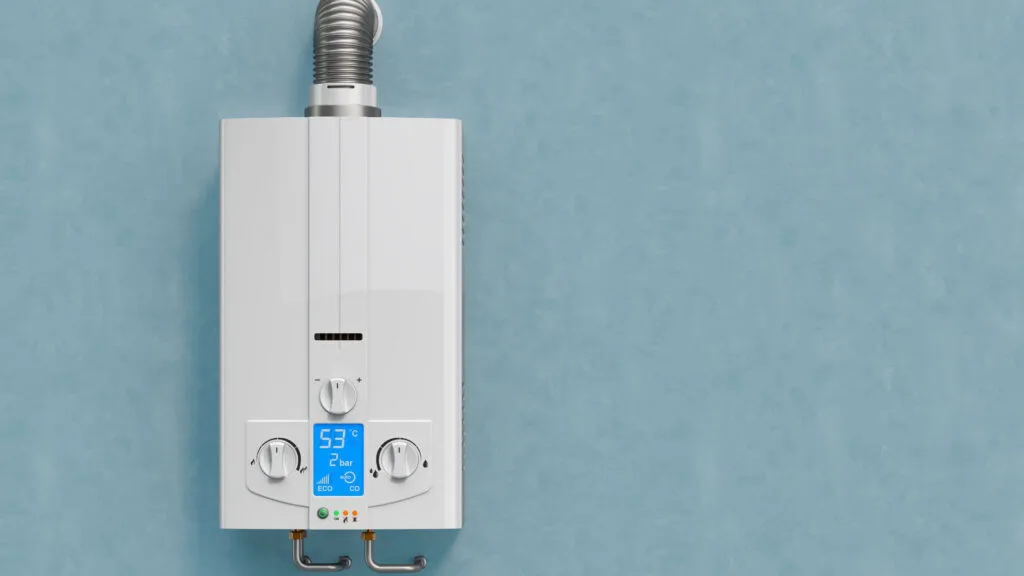Smart technology has revolutionized our daily lives, from the way we communicate to the way we control our homes. One area where this innovation is making a significant impact is in the realm of water heaters. Traditional water heaters are becoming a thing of the past as more homeowners embrace the convenience and efficiency of smart water heaters. In this guide, we will walk you through the process of integrating a smart water heater into your home, highlighting the benefits, safety considerations, and step-by-step instructions to help you make the most of this advanced technology.

Understanding the Benefits
Before we delve into the installation process, let’s take a moment to explore why smart water heaters are gaining popularity among homeowners.
- Energy Efficiency: One of the primary advantages of a smart water heater is its energy efficiency. These heaters are equipped with advanced sensors and technology that allow them to heat water more efficiently, reducing energy consumption and lowering utility bills.
- Remote Control: Imagine being able to control your water heater from your smartphone. With smart water heaters, this is a reality. You can adjust the temperature, set schedules, and even receive alerts about potential issues, all from the palm of your hand.
- Convenience: Smart water heaters offer unparalleled convenience. They can learn your water usage patterns and adjust heating accordingly, ensuring you always have hot water when you need it. No more cold showers or wasted energy.
- Longevity: Smart water heaters often come with extended warranties, thanks to their advanced technology and durability. This means you can enjoy hot water without worrying about frequent replacements.
Safety Considerations
While smart water heaters offer numerous benefits, it’s essential to consider safety as well. Here are some safety tips to keep in mind:
- Professional Installation: Unless you have experience with plumbing and electrical work, it’s advisable to hire a professional for the installation. They will ensure that the water heater is correctly integrated into your home’s existing systems.
- Regular Maintenance: Like any appliance, smart water heaters require maintenance. Regularly check for leaks, corrosion, or any unusual sounds. If you notice any issues, address them promptly to prevent accidents.
- Temperature Settings: Be cautious when adjusting the temperature settings on your smart water heater. Too high a temperature can scald and cause burns, especially for children and the elderly. Set the temperature at a safe and comfortable level.
Step-by-Step Installation Guide
Now, let’s move on to the installation process. While it’s recommended to hire a professional, understanding the steps involved can give you insight into the process:
Step 1: Preparation
- Turn off the power supply to the existing water heater.
- Shut off the water supply to the heater.
- Drain the old water heater to prepare for removal.
Step 2: Remove the Old Heater
- Disconnect the electrical and plumbing connections.
- Carefully remove the old water heater from its location.
- Dispose of the old unit properly.
Step 3: Install the Smart Water Heater
- Position the new smart water heater in the desired location.
- Connect the electrical wiring, following the manufacturer’s instructions.
- Connect the plumbing, ensuring a secure and leak-free installation.
- Turn on the water supply and check for any leaks.
- Restore the power supply and configure the smart features as per the manufacturer’s guidelines.
Step 4: Test and Monitor
- Run hot water from your taps to ensure that the new water heater is functioning correctly.
- Download the manufacturer’s app and set up remote control and monitoring features.
Congratulations! You’ve successfully integrated a smart water heater into your home, enhancing energy efficiency and convenience while ensuring you have a steady supply of hot water.
In conclusion, the integration of a smart water heater into your home is a smart investment that offers numerous benefits, from energy savings to remote control convenience. While safety considerations are essential, and professional installation is recommended, understanding the steps involved can help you make the most of this advanced technology. Enjoy the comfort and efficiency of hot water on your terms with a smart water heater.
Pat Baker is an avid DIYer, a home renovation multi-tasker, and a writer for water heater repair specialists in the Tucson area.

Jessi is the creative mind behind The Coffee Mom, a popular blog that combines parenting advice, travel tips, and a love for all things Disney. As a trusted Disney influencer and passionate storyteller, Jessi’s authentic insights and relatable content resonate with readers worldwide.
